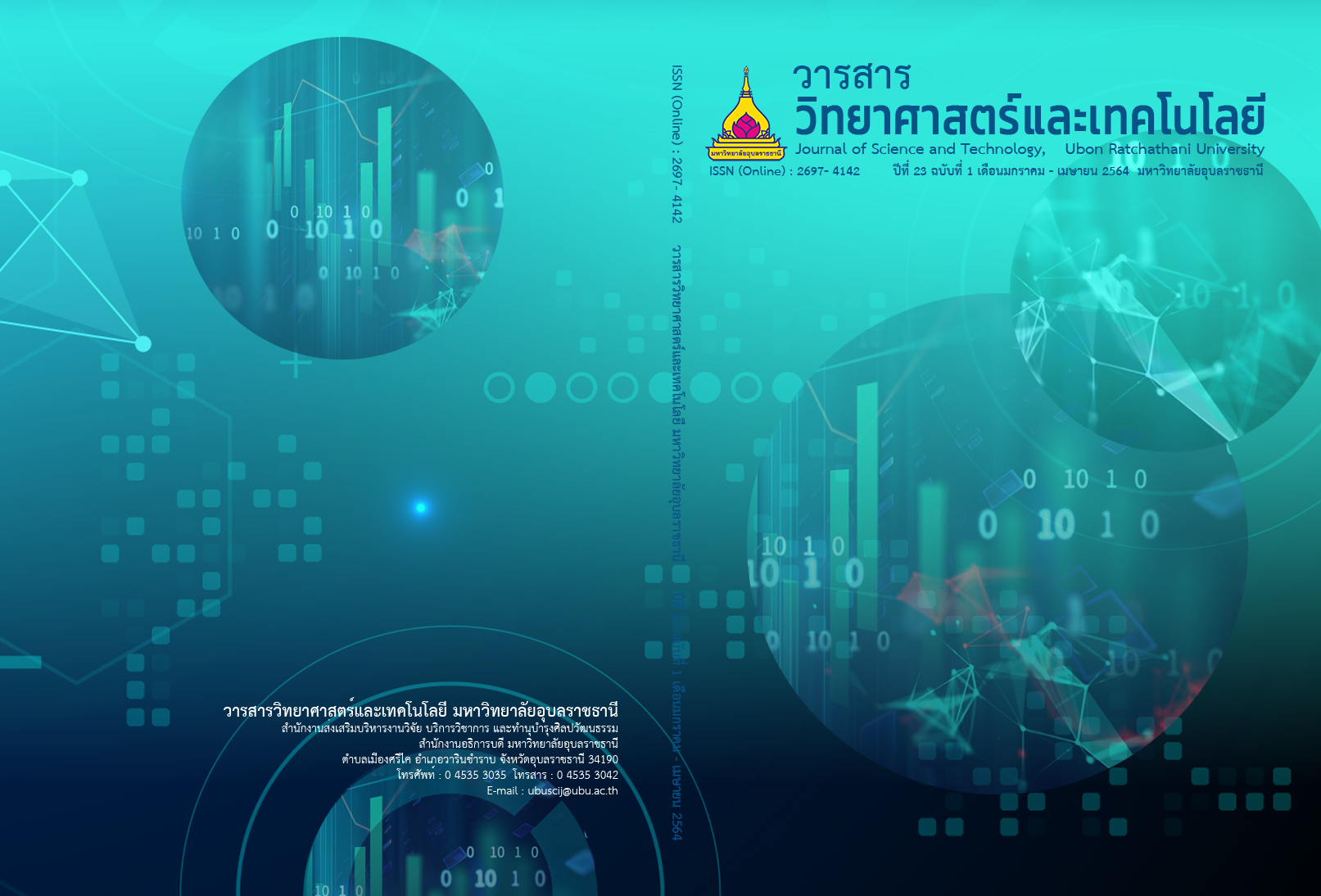แนวทางพัฒนาสมาร์ตแคนธีนในยุคชีวิตวิถีใหม่: เทคโนโลยีดิจิทัลเพื่อนวัตกรรมสังคม
Main Article Content
บทคัดย่อ
บทความวิชาการนี้มีวัตถุประสงค์เพื่อนำเสนอแนวทางการพัฒนาสมาร์ตแคนธีน ตามความก้าวหน้าของเทคโนโลยีดิจิทัล และสนับสนุนนวัตกรรมสังคม เพื่อเพิ่มประสิทธิภาพการบริการ เพิ่มมูลค่า เพิ่มการบริการ และรองรับชีวิตวิถีใหม่ องค์ประกอบของสมาร์ตแคนธีน ประกอบด้วย 1. ดิจิทัลคอนเทนต์เพื่อเพิ่มขีดความสามารถในการแข่งขันที่ใช้สื่อดิจิทัลในการสื่อสารการตลาด 2. ระบบบริหารลูกค้าสัมพันธ์ เพื่อเพิ่มระดับการให้บริการลูกค้า สร้างความเข้าใจ เข้าถึงในความต้องการของลูกค้า และตอบสนองความต้องการของลูกค้าทั้งในด้านผลิตภัณฑ์และการบริการ 3. ระบบคัดกรองลูกค้าอัตโนมัติเพื่อเฝ้าระวังและลดความเสี่ยงในการแพร่ระบาดของเชื้อโรคและ สร้างความมั่นใจให้กับลูกค้าที่มาใช้บริการ 4. ระบบบริหารสต็อกสินค้า เพื่อการบริหารจัดการสต็อกสินค้าอย่างมีประสิทธิภาพในการลดต้นทุนการผลิต การใช้ประโยชน์ของพื้นที่เก็บสินค้า รวมถึงวิเคราะห์และคาดการณ์ความต้องการของลูกค้าอย่างสม่ำเสมอ และสุดท้าย 5. ระบบชำระเงินอัตโนมัติสำหรับศูนย์อาหาร เพื่ออำนวยความสะดวกในการชำระสินค้าสำหรับผู้รับบริการในรูปแบบชีวิตวิถีใหม่ สิ่งเหล่านี้จะขับเคลื่อนการปรับปรุงประสิทธิภาพการผลิตตามห่วงโซ่คุณค่าก่อให้เกิดนวัตกรรมเพิ่มผลผลิตและการเติบโตทางเศรษฐกิจ
Article Details
บทความที่ได้รับการตีพิมพ์เป็นลิขสิทธิ์ของ วารสารวิทยาศาสตร์และเทคโนโลยี มหาวิทยาลัยอุบลราชธานี
ข้อความที่ปรากฏในบทความแต่ละเรื่องในวารสารวิชาการเล่มนี้เป็นความคิดเห็นส่วนตัวของผู้เขียนแต่ละท่านไม่เกี่ยวข้องกับมหาวิทยาลัยอุบลราชธานี และคณาจารย์ท่านอื่นๆในมหาวิทยาลัยฯ แต่อย่างใด ความรับผิดชอบองค์ประกอบทั้งหมดของบทความแต่ละเรื่องเป็นของผู้เขียนแต่ละท่าน หากมีความผิดพลาดใดๆ ผู้เขียนแต่ละท่านจะรับผิดชอบบทความของตนเองแต่ผู้เดียว
เอกสารอ้างอิง
[2] Millard, J and Carpenter, G. 2014. Digital technology in social innovation. Tepsie, European Commission.
[3] Porter, M. E. and Heppelmann, J. E. 2014. How Smart, Connected Products Are Transforming Competition. https://hbr.org/2014/11/how-smart-connected-products-are-transforming-competition. Accessed: 22 August 2020.
[4] Mesko, M and Dimovski, V. 2019. Smart technologies as social innovation and complex social issues of the Z generation. Kybernetes, emerald PUBLISHING.
[5] Office of the National Economic and Social Development Council. 2020. Digital Content. https://www.tpso.moc.go.th/sites/default/files/c.dicchithalkhnethnt_rev4.pdf. Accessed: 7 September 2020.
[6] Hamadeh, S. 2017. Digital food marketing: What we know, what we should know?. British Journal of Marketing Studies. 5(8), 12-26.
[7] Pankong, N. and Prakancharoen, S. 2010. Ontology integrated in CRM via role based access controls. The 6th National Conference on Computing and Information Technology, 734-739.
[8] Netwong, T., Srikwanjai, M., Sastrachai, S. and Jaiyen, V. 2017. Digital Media for Learning about Nutrition and Exercise of Working Age. Conference Proceeding ICT 2017, 25-26 December 2017, Rajamangala University of Technology Isan Surin Campus.
[9] Thongwijit, W. 2016. Internet of Things (IoT) When things are based on the Internet. IPST MAGAZINE. 44(202), 38-41.
[10] Hollier, S. & Abou-Zahra, S. 2018. Internet of Things (IoT) as Assistive Technology: Potential Applications in Tertiary Education. Association for Computing Machinery, https://doi.org/10.1145/31927143192828. Accessed: 22 August 2020.
[11] David, A. O. 2019. DESIGN AND IMPLEMENTATION OF A COMPUTERIZED STOCK MANAGEMENT SYSTEM (A CASE STUDY OF MIDE SUPERMARKET). https://www.academia.edu/40401229/DESIGN_AND_IMPLEMENTATION_OF_A_COMPUTERIZED_STOCK_MANAGEMENT_SYSTEM_A_CASE_STUDY_OF_MIDE_SUPERMARKET. Accessed: 7 September 2020.
[12] Atieh, A. M. et al. 2016. Performance improvement of inventory management system processes by an automated warehouse management system. Procedia CIRP. 41(2016), 568-572.


